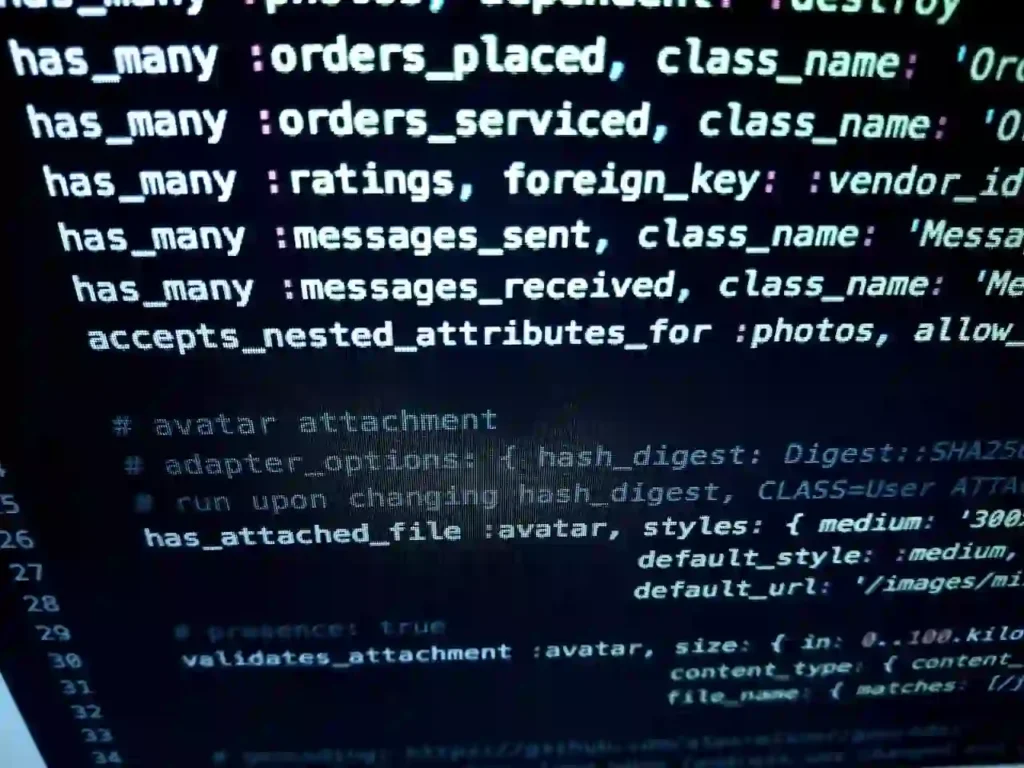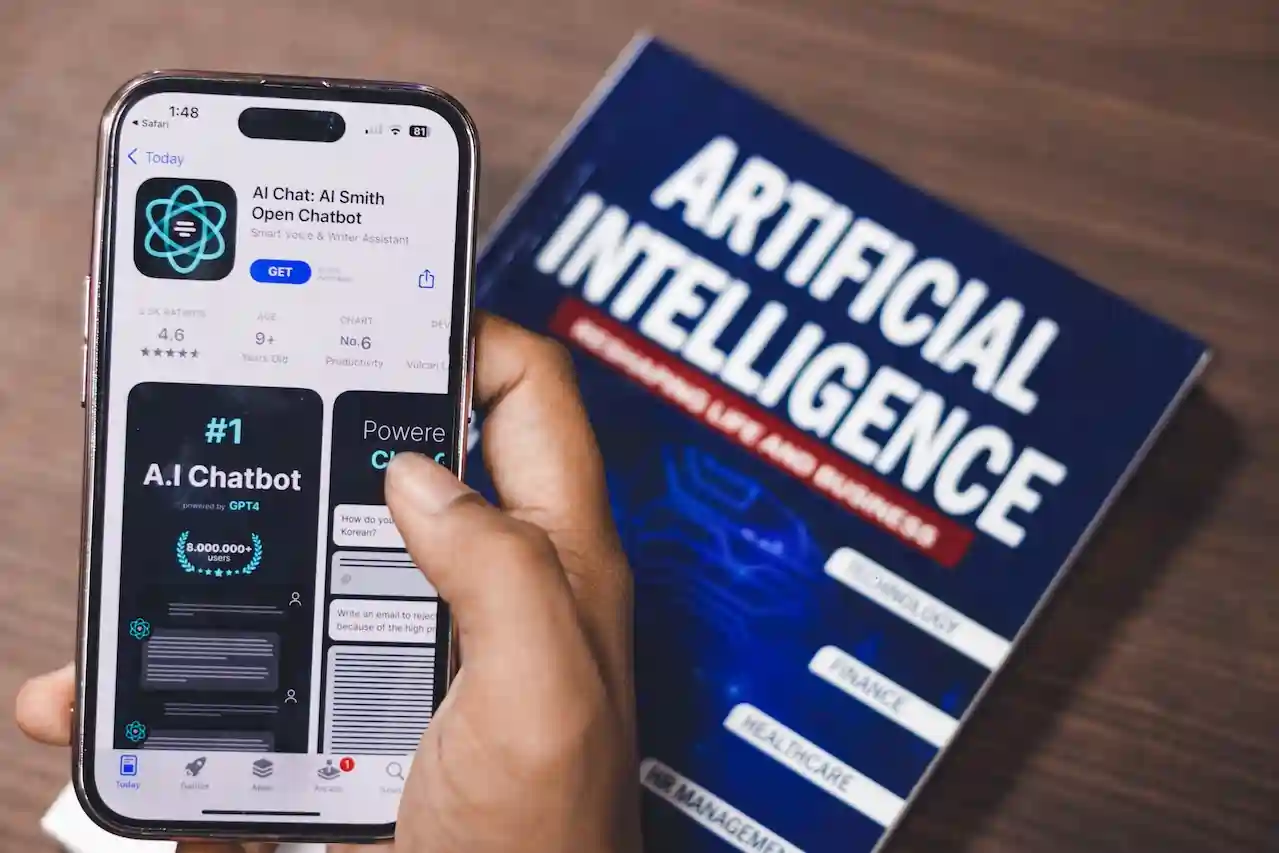DeepL Translation: Best Revolutionizing Machine Translation with Artificial Intelligence
Introduction
Machine translation is like having a universal translator for the digital age. It’s what makes it possible for emails, texts, and documents to be easily converted from one DeepL language to another so that people worldwide can share ideas, and information, and conduct business without language getting in the way.
The continuous improvement of machine translation is a reflection of our commitment to better communication. It’s like we’re constantly working to upgrade this translator tool to make it smarter and more accurate. This way, we can keep building bridges between different cultures and regions, bringing us all a little closer and making the world a more connected place. It’s like a powerful tool that helps us break down language walls and foster a sense of understanding in our increasingly globalized world Deepl Translation.

The Birth of DeepL Translation
DeepL Translation founders, a group of passionate language aficionados and technology experts, were determined to make language translation as seamless and natural as possible. They recognized that while machine translation had come a long way, there was still room for significant improvement.
Their vision was clear: to create a machine translation system that could not only translate words but also capture the nuances, context, and idiomatic expressions of different languages. This ambitious goal aimed to make cross-cultural communication feel more like a fluent conversation rather than a mechanical process.
Through the innovative use of AI and deep learning techniques, DeepL Translation set out to revolutionize machine translation, bringing the world closer together by making language barriers almost disappear. The result has been a breakthrough in the field of language technology, with DeepL becoming a go-to solution for accurate and natural translations that have far-reaching impacts on global communication.
DeepL Translation Understanding DeepL’s AI Technology
At the core of DeepL’s breakthrough lies the utilization of deep learning and neural networks. Deep learning, a subset of machine learning, empowers computers to process vast amounts of linguistic data and learn from it. Neural networks, inspired by the structure of the human brain, serve as the foundation for DeepL’s AI technology, enabling it to make highly accurate translations.
Features and Capabilities of DeepL
DeepL stands out from its competitors due to its exceptional translation accuracy. By utilizing advanced neural machine translation, it is capable of providing translations that rival human proficiency. Moreover, DeepL Translation offers support for a wide range of languages, catering to the diverse linguistic needs of its users.
One of the key strengths of DeepL is its ability to perform contextual translation. By considering the broader context in which a sentence is used, DeepL can accurately capture its intended meaning and deliver translations that are contextually relevant. Furthermore, DeepL is adept at handling complex sentence structures, ensuring that translations maintain their intricacies and nuances.
Advancements in DeepL Translation Technology
DeepL’s dedication to innovation shines through in its unceasing commitment to enhancing its neural network. This tireless effort involves rigorous training and constant refinement, which results in increasingly precise and dependable translations. By incorporating deep learning techniques throughout the entire translation process, DeepL elevates the effectiveness and efficiency of its AI technology.
This ongoing development not only keeps DeepL Translation at the forefront of the machine translation landscape but also ensures that its users benefit from state-of-the-art language solutions. It’s a testament to DeepL’s unwavering pursuit of excellence in breaking down language barriers and making global communication more accessible and natural.
Efficient Workflows with DeepL Translation
DeepL recognizes the significance of seamless integration, and as a result, it offers extensive compatibility with a wide range of platforms. Whether you’re working with documents, websites, or messaging applications, DeepL effortlessly integrates, ensuring users have a unified and hassle-free translation experience.
Furthermore, DeepL Translation provides robust Application Programming Interface (API) capabilities. This empowers developers to easily embed DeepL’s top-notch translation services into their own applications, expanding the reach and impact of accurate and natural language translation across various digital interfaces.
DeepL Translation for Individuals and Businesses
For individuals, DeepL is a game-changer in improving personal communication across languages. It facilitates seamless conversations, effectively removing language barriers and fostering closer connections between people.
In the corporate world, particularly for businesses operating in a globalized environment, DeepL is an efficiency booster. It enables swift and accurate translations of essential documents, contracts, and other critical materials. This, in turn, contributes to smoother and more effective international business operations, allowing companies to thrive in a world where clear and rapid communication is paramount.
Challenges and Limitations of DeepL
As impressive as DeepL’s AI technology is, it does face challenges in handling ambiguities and idiomatic expressions. The complexity of human language presents occasional obstacles for the translation process. Additionally, access to translation memory, which helps maintain consistency in translated texts, is currently limited in DeepL Translation.
DeepL’s Impact on the Translation Industry
DeepL empowers translators by equipping them with a potent tool that elevates their precision and accuracy. Translators can harness the capabilities of DeepL’s Translation machine translation to streamline their work, using the initial translations as a foundation and then polishing them with their expertise. This technology not only benefits individual translators but also encourages professional translation services to adapt and enhance their offerings to stay competitive in a constantly evolving landscape.
By embracing the synergy between human expertise and machine efficiency, DeepL contributes to the growth and evolution of the translation industry. It exemplifies how technology can complement human skills, ultimately resulting in better, more accurate translations while ensuring that professional translators remain central to the translation process.
Competitive Landscape: DeepL Translation vs. Other Translation Tools
In the comparison between DeepL Translation and other translation tools like Google Translate, some clear advantages emerge. While Google Translate has its strengths, DeepL stands out with its superior translation accuracy and the production of more natural-sounding output. DeepL’s ability to grasp context and its proficiency in dealing with complex sentence structures set it apart from conventional translation software.
With DeepL, you often get translations that feel more human and less mechanical. It understands not just the words but also the context in which they are used, resulting in translations that read more naturally and make more sense. This contextual awareness and its knack for handling intricate language nuances make DeepL a top choice for those seeking high-quality translations.
DeepL Translation in Practice: Success Stories
DeepL Translation’s impact transcends mere convenience; it enhances productivity and fosters global collaboration. Legal professionals find its precise translations invaluable for contracts and documents, ensuring that legal agreements are accurately interpreted across languages. Technical experts rely on DeepL Translation to convey complex concepts with clarity, streamlining the dissemination of knowledge in a globalized world. In the creative realm, DeepL Translation enables artists and writers to maintain the artistic essence of their work even when translating their creations into multiple languages.
The collective experiences of users from these diverse domains underscore DeepL’s capacity to not only remove language barriers but also to enrich cross-cultural understanding. As a result, it has become an essential tool in the toolkit of professionals and businesses seeking to thrive in an increasingly interconnected global landscape.
Ethical Considerations in Automated Translation
Automated translation technology, such as DeepL Translation, raises questions about the potential impact on job opportunities within the translation industry. While it streamlines certain aspects of translation, it remains crucial to value and preserve the expertise and cultural nuances that humans bring to the table. Furthermore, maintaining linguistic diversity should be a guiding principle in the development and adoption of automated translation tools.
Future Prospects and Possibilities
The future of machine translation, championed by pioneering companies like DeepL Translation, is incredibly promising. Ongoing developments in AI technology are set to deliver even more precise and dependable translations. Additionally, the fusion of machine translation with other AI applications, such as voice recognition and natural language processing, unveils thrilling prospects for seamless human-computer interaction.
This evolving landscape not only foresees translations that are nearly indistinguishable from those crafted by humans but also anticipates a future where language is no longer a barrier to effective communication. The collaborative efforts of innovative companies like DeepL are poised to redefine how we connect, work, and engage in a world where linguistic diversity is embraced rather than an obstacle.
Summary and Key Takeaways
DeepL Translation has ushered in a new era of machine translation, leveraging the power of artificial intelligence and deep learning. With exceptional translation accuracy, wide language support, context awareness, and the ability to handle complex sentence structures, DeepL Translation sets the benchmark in the industry. Its continuous improvement, seamless workflows, and impact on both individuals and businesses position DeepL as a leading force in the realm of automated translation.

FAQ
- How does DeepL ensure data security and privacy?
- DeepL places a high priority on data security and privacy. They implement rigorous encryption protocols to safeguard the confidentiality of user information. In addition to this, DeepL is committed to adhering to stringent data protection regulations and employs robust security measures to ensure that user data remains safe and secure. This commitment to data security underscores their dedication to providing a secure and trustworthy environment for their users.
- Can DeepL translate documents with complex formatting?
- Yes, DeepL can handle documents with complex formatting, including tables, images, and different fonts. It strives to preserve the original formatting while providing accurate translations.
- Is DeepL available for use on mobile devices?
- Absolutely, DeepL offers mobile applications for both iOS and Android devices, enabling users to access its powerful translation capabilities on the go.
- Does DeepL support real-time translation?
- While DeepL currently focuses on providing high-quality translations, it does not support real-time translations. However, given their commitment to continuous improvement, it is not unlikely to see real-time translation integration in the future.
- What distinguishes DeepL from other AI translation services?
- DeepL stands out due to its exceptional translation accuracy and the ability to maintain context and handle complex sentence structures. It also offers a wide range of language support and seamless integration with various platforms.
Conclusion
DeepL’s impact is not limited to mere convenience; it’s driving a paradigm shift in the way we relate to language and communication. It’s paving the way for a world where language is no longer a barrier but a bridge to diverse experiences and perspectives.
By consistently pushing the boundaries of AI and machine translation, DeepL is making a profound mark on how we interact and cooperate in an increasingly interconnected and multicultural society. It’s turning the dream of a globally united world, where language diversity is celebrated, into a tangible reality. DeepL is not just a tool; it’s a force for bringing humanity closer together through the power of language.
References and additional resources
References:
- Lecun, Y., Bengio, Y., & Hinton, G. (2015). Deep learning. Nature, 521(7553), 436-444. [URL: https://www.nature.com/articles/nature14539]
- Wu, Y., Schuster, M., Chen, Z., Le, Q. V., Norouzi, M., Macherey, W., … & Klingner, J. (2016). Google’s neural machine translation system: Bridging the gap between human and machine translation. arXiv preprint arXiv:1609.08144. [URL: https://arxiv.org/abs/1609.08144]
- Vaswani, A., Shazeer, N., Parmar, N., Uszkoreit, J., Jones, L., Gomez, A. N., … & Polosukhin, I. (2017). Attention is all you need. In Advances in neural information processing systems (pp. 30-31). [URL: https://proceedings.neurips.cc/paper/2017/file/3f5ee243547dee91fbd053c1c4a845aa-Paper.pdf]
- DeepL. (n.d.). DeepL Translator. Retrieved from https://www.deepl.com/translator
Additional Resources:
- Cho, K., Van Merriënboer, B., Bahdanau, D., & Bengio, Y. (2014). On the properties of neural machine translation: Encoder-decoder approaches. arXiv preprint arXiv:1409.1259. [URL: https://arxiv.org/abs/1409.1259]
- Sutskever, I., Vinyals, O., & Le, Q. V. (2014). Sequence to sequence learning with neural networks. In Advances in neural information processing systems (pp. 3104-3112). [URL: https://papers.nips.cc/paper/5346-sequence-to-sequence-learning-with-neural-networks.pdf]
- Bahdanau, D., Cho, K., & Bengio, Y. (2014). Neural machine translation by jointly learning to align and translate. arXiv preprint arXiv:1409.0473. [URL: https://arxiv.org/abs/1409.0473]
- Papineni, K., Roukos, S., Ward, T., & Zhu, W. J. (2002). BLEU: a method for automatic evaluation of machine translation. In Proceedings of the 40th annual meeting of the Association for Computational Linguistics (ACL) (pp. 311-318). [URL: https://www.aclweb.org/anthology/P02-1040.pdf]
- Luong, M. T., Pham, H., & Manning, C. D. (2015). Effective approaches to attention-based neural machine translation. In Proceedings of the 2015 Conference on Empirical Methods in Natural Language Processing (EMNLP) (pp. 1412-1421). [URL: https://www.aclweb.org/anthology/D15-1166.pdf]


One thought on “DeepL Translation: Best Revolutionizing Machine Translation with Artificial Intelligence”